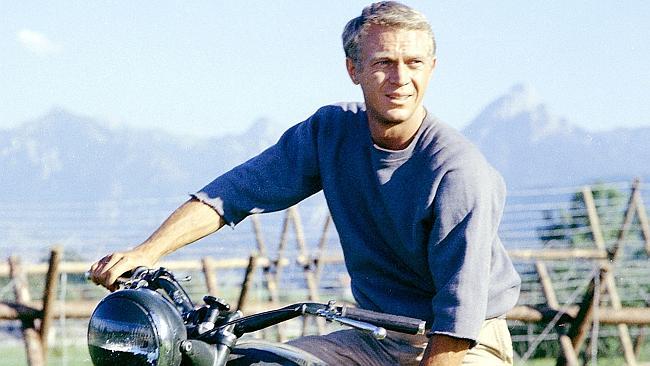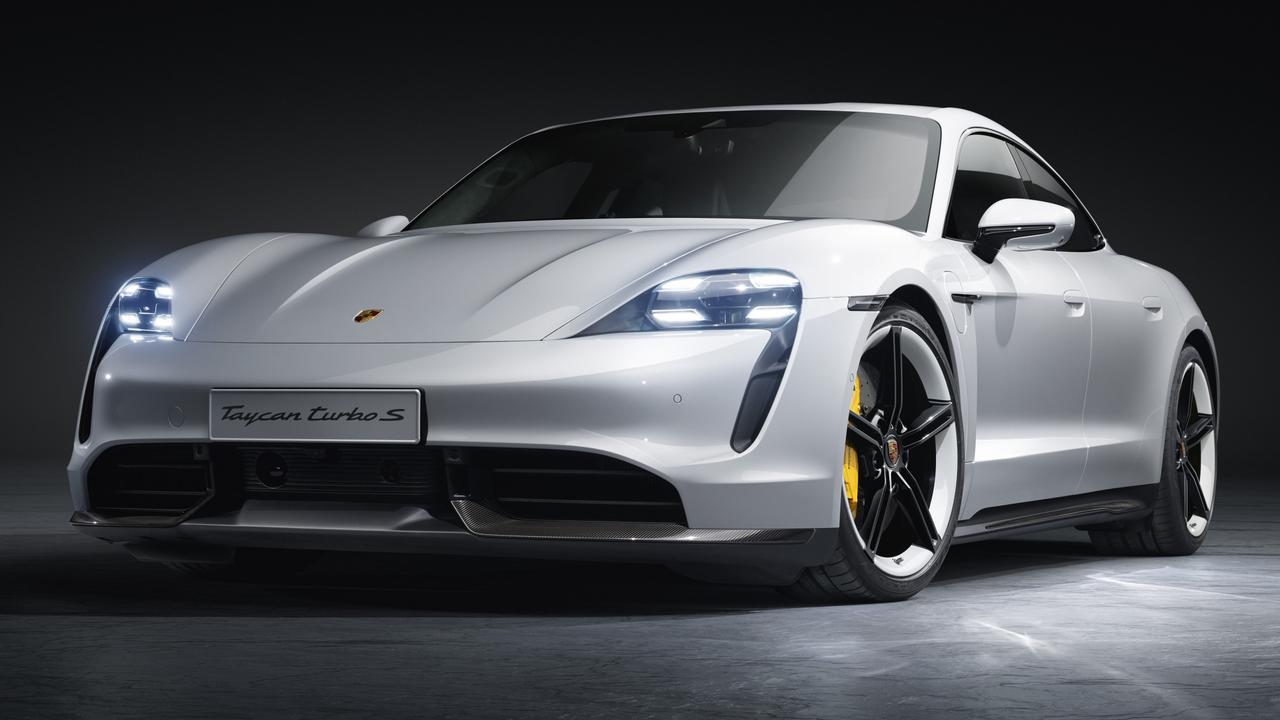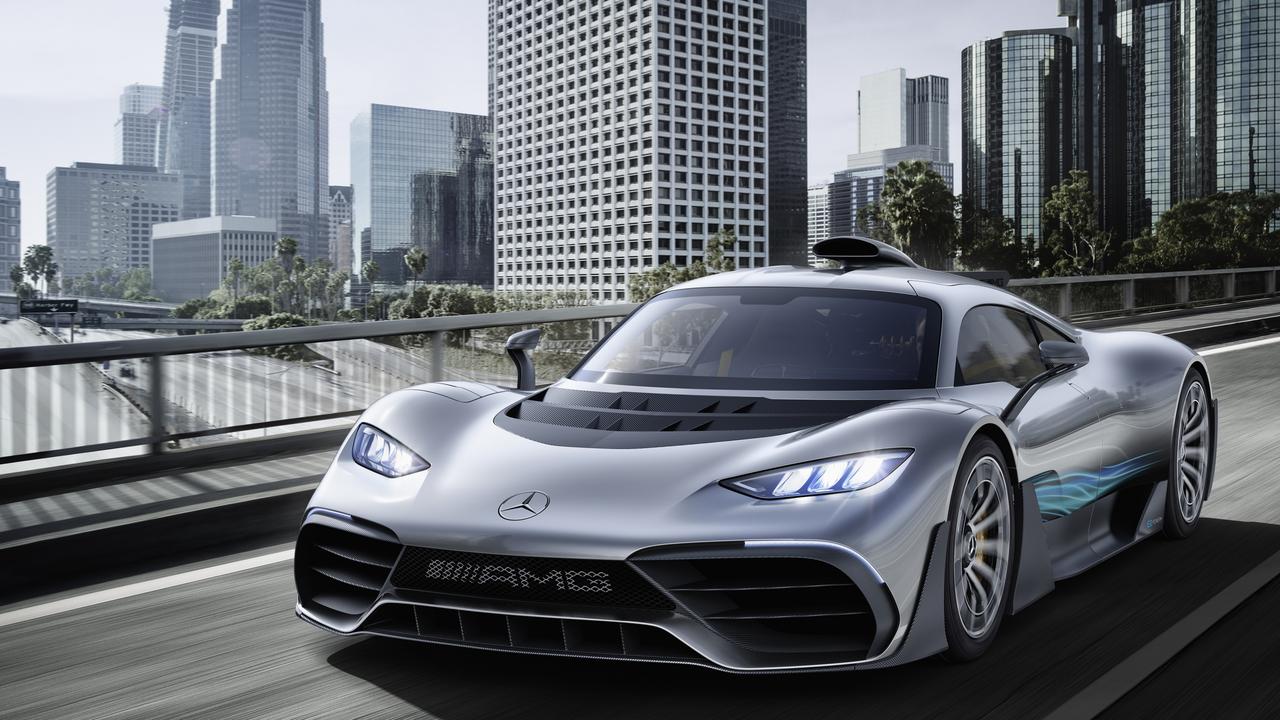Forget the specs, sex appeal still used to sell cars
CAR advertisments have traditionally played to men’s basic instincts.

AS car lovers, what are our unconscious motivations and fantasies?
In his wonderful 1987 book Driving Passion: The Psychology of the Car, the late Peter Marsh tells us “the car is not only a status symbol but often functions as a surrogate womb or as a means of self-expression, escape, romance and thrill and provides mobility and freedom, including sexual opportunities”. I think Ford ripped me off in most of these departments when they sold me the BA ute.
We can see that carmakers believe all this from the TV commercials they put in front of us. The One Club is like the Academy Awards of advertising. In 2013, the New York club teamed up with the North American International Auto Show to name the Top 10 car ads in the past 25 years. A panel from around the world saw Honda UK take the two top spots on the podium with VW US coming in third. See them at oneclub.org/autoshow2013.
But here’s the thing. None of these ads has someone spruiking the car’s technical features, value for money or horsepower. Here’s the other thing. All car commercials are ads for boys. If they do include women, the verbal and body language the women use look and sound like it is written by men.
Australia’s advertisers used to make great car commercials. In 1971 Fred Schepsi directed a young Graeme Blundell and others in some of the most successful spots of all time. Based on the US Chrysler Dart and Barracuda, the Valiant Charger started at $2795 with the blow-any-Porsche-off really hot version selling for $4850.
Fred’s ads for Young & Rubicam basically demonstrated that the car would turn ugly men into women magnets and that just being behind the wheel made everyone in the world love you. Charger sales showed just how fickle men were then.
Now that we have turned into a nation of soccer players, chicken and salad eaters and a country where our citizens are more likely to recognise a Labradoodle than a Kanga, George Patterson’s “Football, meat pies, kangaroos and Holden cars” is now depressing. Who cares if it was taken from an American ad and who cares that it was mythical view of Australia? What matters was that it made you feel like a commie for even thinking about a Toyota.
In 1991 George Patterson did it again with a recreation of Steve McQueen’s barbed wire jump from the 1963 classic The Great Escape, pictured. In a stunning boost to Australian-German relations, the imitation McQueen fills his TT Special 650 Triumph with Shell, pulls off the leap over the big bit of wire and escapes the Nazis. In the movie Steve only gets over a 4m fence before sliding face first into a bigger fence. While stunt man Bud Ekins is said to do the jump on film, Steve did it before shooting and there is some suggestion an Australian rider may have played a role.
McQueen lives on. In 1998 Britain’s master of car ads, Paul Street, directed an ad for the Ford Puma which uses real footage from the movie Bullitt. Looking at the spot (it’s on YouTube) it is almost impossible to tell that Steve should be driving a Mustang around the streets of San Francisco rather than the world’s smallest car.
What worked in Europe also worked in the US.
This time a Kevin Costner type creates a racetrack through his cornfield and waits with his 2005 Ford Mustang for someone to turn up. Out of the corn (no pun intended) comes Steve. Kevin throws him the keys and Steve takes the Mustang for a very fast spin around the track. Surely the greatest car commercial of all time for boys who remember “The King of Cool” and love smoking.
jc@jcp.com.au



